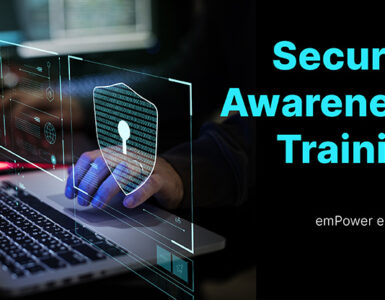The U.S. Department of Education today released a new guide to laws and rules colleges must follow to ensure e-reading devices and other emerging technologies are accessible to all students. It focuses on students with vision problems, a group whose access issues have triggered official complaints against colleges. The document, in the form of “Frequently Asked Questions,” was published in response to the department’s “Dear Colleague” letter to college presidents on the subject last June.
Colleges can offer alternative versions of a text or technology to students with disabilities, as long as the alternative is “equally effective and equally integrated.”
This means that offering an e-text on a tablet device, such as the iPad, that has more options for the visually impaired, could be an effective alternative to an e-reader version.
An audio book might not do the trick, though.
Christopher Danielsen, a spokesman for the National Federation of the Blind, explains that the requirements of equal effectiveness and integration mean that an alternative text needs to offer all the capabilities of a traditional or e-text. This includes the ability to navigate to a particular section or page, an audio explanation or larger-font version of tables and charts, and, for e-textbooks, equivalent alternatives to interactive features, such as quizzes and note-taking tools.
“The blind student needs to be able to do all the other things that students do,” he says.
He says it is important that the department’s document makes clear that the requirements apply to all new technologies, not just e-readers.
His organization filed a federal complaint last year against Penn State University for its “pervasive and ongoing discrimination” against blind students through its use of a course-management system, library catalog, and departmental Web sites that were not accessible.
The Dear Colleague letter last June came in part because of a lawsuit filed in 2009 by the Federation and the American Council of the Blind against Arizona State University, which was planning to offer a pilot program using Amazon’s Kindle e-reader device. Arizona State settled, promising to use only accessible e-reading devices.
This article was originally posted at http://chronicle.com/blogs/wiredcampus/education-deptartment-clarifies-e-reader-accessibility-rules/31507




